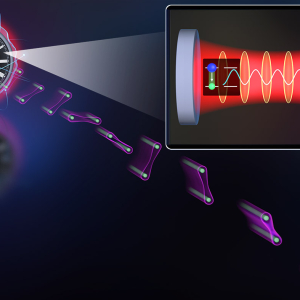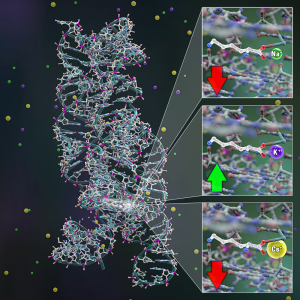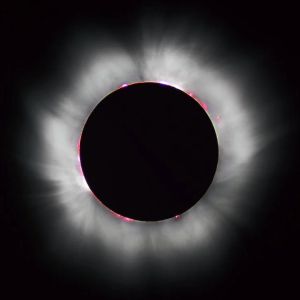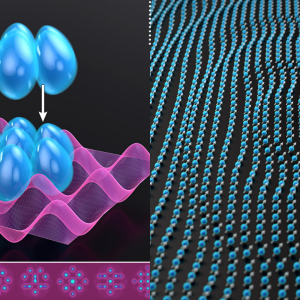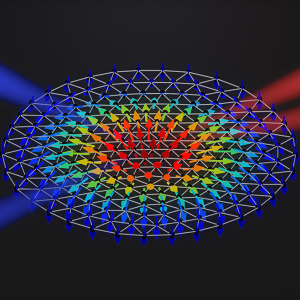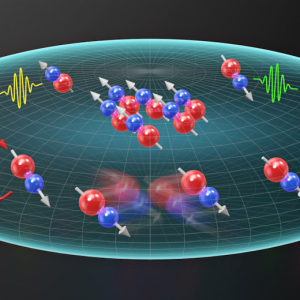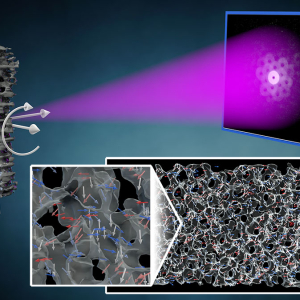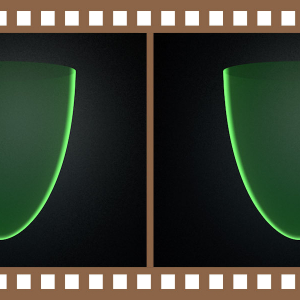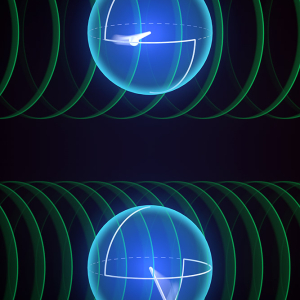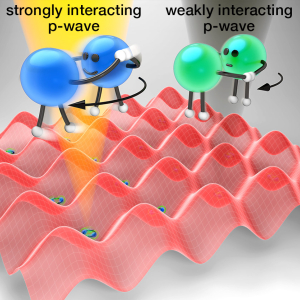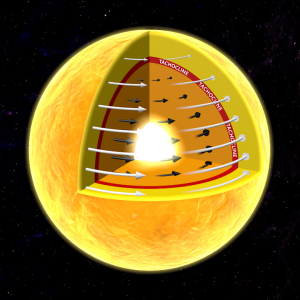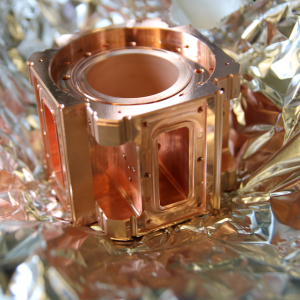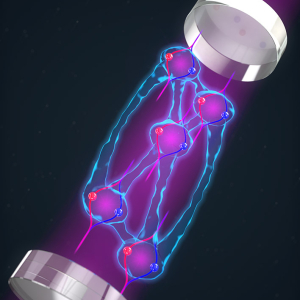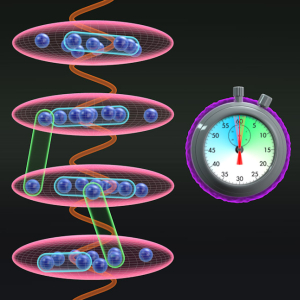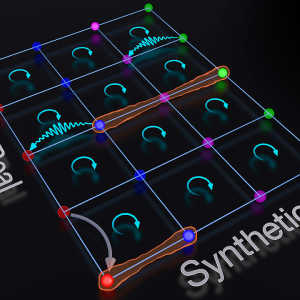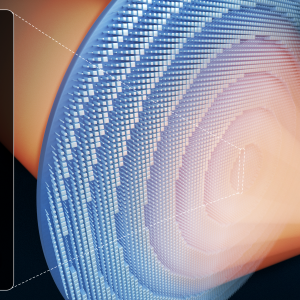Research Highlights
Displaying 61 - 80 of 507
Precision Measurement | Quantum Information Science & Technology
Entangled Pairs Get Sensitive Very Fast
PI(s):
Ana Maria Rey | James Thompson
Biophysics | Chemical Physics
Looking at a Cellular Switch
PI(s):
David Nesbitt
Astrophysics
How 1,000 undergraduates helped solve an enduring mystery about the sun
PI(s):
Heather Lewandowski
Atomic & Molecular Physics | Precision Measurement | Quantum Information Science & Technology
A Tale of Two Dipoles
PI(s):
John Bohn
Astrophysics
What Happens When You Fall into a Black Hole?
PI(s):
Andrew Hamilton
Quantum Information Science & Technology
Using Frequency Comb Lasers as a Breathalyzer for COVID-19
PI(s):
David Nesbitt | Jun Ye
Precision Measurement | Quantum Information Science & Technology
Using Ion Crystals to Simulate Superconductors
PI(s):
Ana Maria Rey
Precision Measurement | Quantum Information Science & Technology
Controlling a Quantum Classroom: New Insights into the Spin-Dynamics of Molecules
PI(s):
Jun Ye
Atomic & Molecular Physics | Laser Physics
The Swirling Spins of Hedgehogs
PI(s):
Margaret Murnane | Henry Kapteyn
Precision Measurement | Quantum Information Science & Technology
A Quantum Video Reel
PI(s):
Cindy Regal | Ana Maria Rey
Precision Measurement | Quantum Information Science & Technology
Defining the Limits of Quantum Sensing
PI(s):
Graeme Smith
Atomic & Molecular Physics | Quantum Information Science & Technology
Atoms do the Twist
PI(s):
Ana Maria Rey
Astrophysics
Tackling the Sun’s Tachocline
PI(s):
Juri Toomre
Quantum Information Science & Technology
How to Rebuild an Atomic Clock
PI(s):
Other
Precision Measurement | Quantum Information Science & Technology
An Entangled Matter-wave Interferometer: Now with Double the Spookiness!
PI(s):
James Thompson
Precision Measurement | Quantum Information Science & Technology
A Magic Balance in Optical Lattice Clocks
PI(s):
Ana Maria Rey | Jun Ye
Quantum Information Science & Technology
Clearing Quantum Traffic Jams under the SU(n) of Symmetric Collisions
PI(s):
Ana Maria Rey
Quantum Information Science & Technology
Seeing Quantum Weirdness: Superposition, Entanglement, and Tunneling
PI(s):
Adam Kaufman
Atomic & Molecular Physics | Precision Measurement
Creating A Two-Step Dance for Lasers
PI(s):
Margaret Murnane | Henry Kapteyn
Atomic & Molecular Physics | Precision Measurement | Quantum Information Science & Technology
JILA and NIST Researchers Develop Miniature Lens for Trapping Atoms
PI(s):
Cindy Regal




